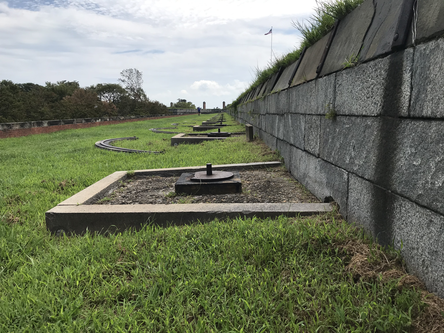 Sam Burnham, Curator Southeast Virginia has become a special place to me over the last four years. Between a visit to Jamestown, Williamsburg, and Yorktown followed up by my son being assigned to the Norfolk area with the Navy, we try to get to Virginia when we can. Recently we visited a Virginia landmark that is definitely worth mentioning. A love of history pulled us to this location. It had plenty to offer. Named for President James Monroe, Fort Monroe was originally commissioned by President James Madison. The War of 1812 convinced him that America needed coastal fortifications to defend the country against invasion. These fortresses still dot the Atlantic and Gulf coasts. Fort Monroe’s strategic location protected the Hampton Roads as well as the James and York Rivers. It was such a prime location that a military presence was active here until 2011. 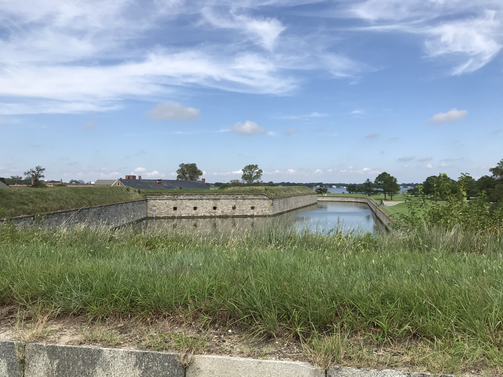 Early in the fort’s history a young 1st lieutenant by the name of Robert E. Lee was assigned to fort. He worked as an engineer while stationed at Fort Monroe. His son, Custis, was born there. The fort earned the name “Freedom’s Fortress” during the War Between the States. The US maintained control of the fort throughout the war and escaped male slaves who made it to the fort were considered contraband and would not be returned to the Confederacy. This led to thousands of slaves fleeing to Fort Monroe seeking asylum and freedom. 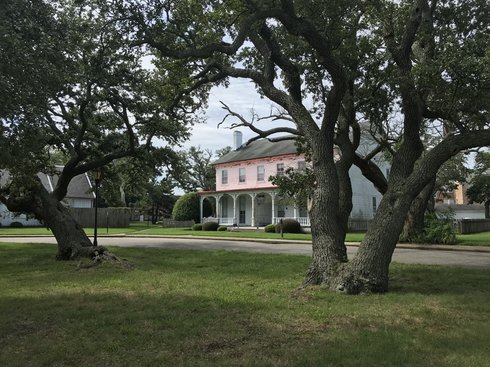 In March , 1862 the fort was witness to the Battle of Hampton Roads. The ironclads USS Monitor and CSS Virginia slugged it out in the waters of Hampton Roads. It is not uncommon for fishermen and boaters to encounter live ammunition from the war in this area. After the war, the casemate was used as a prison cell for Confederate President Jefferson Davis after his capture in Irwin County, Georgia. Davis was eventually moved to a more humane location at the fort. Davis spent two years imprisoned at the fort before being released without ever facing trial. Fort Monroe served on long after the war. It played a role defending the Chesapeake during the Spanish-American War, both world wars, and throughout the Cold War. 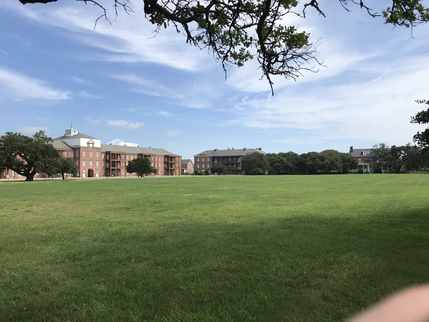 Today there are several plans that would repurpose the fort. Buildings inside and just outside the walls serve as homes and businesses. The architecture is beautiful. Tourists visit museums and eat in restaurants. People use the fort for walking and jogging. The historic and cultural draw brings people who want to learn about what happened at Fort Monroe. The waterfront location brings tourists to the public beach. Weddings are popular in the fort’s churches. Fishermen and boaters flock to the marina. Two centuries old and yet Fort Monroe is still finding new ways to stay relevant. With what I saw at this location, I think it’s safe to say Fort Monroe will be an important place for at least another century. It’s one of those places people want to visit. With wise use and planning, there’s no reason that it won’t serve the Hampton area as an economic engine for years to come.
0 Comments
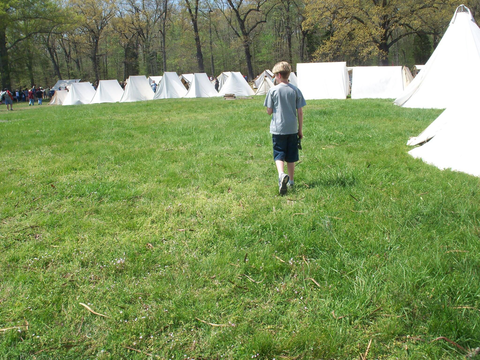 As a young boy immersing himself in history As a young boy immersing himself in history Sam Burnham, Curator Being a dad is, by far, the most rewarding roles I’ve ever been blessed to fill. Over the past week I’ve found myself going through so many emotions as I say goodbye to my oldest son for his first deployment with the US Navy. Due to operational security, I can’t really say where he’s going. Suffice to say it’s far away and in every way different than his home here in Georgia. He’ll be immersed in a different culture, a different climate, a different topography, different everything. It will be hard for him to find anything that reminds him of home.  As a grown man ready to face the world As a grown man ready to face the world What I can say is that he is committed to duty. He is well trained, well equipped, and well prepared. He knows what is expected of him and he is eager to serve his country. While I still think of him as my little boy. I now see in him the man he has become. He has a confidence that soothes my nervousness. He treasures the camaraderie he has built within his group. For the better part of two decades it was my job as his dad to see that he had a safe and secure place to sleep at night. In the coming months I’ll lay my head on my pillow with the knowledge that I can sleep peacefully because he and his crew stand the watch. The roles have reversed exponentially. I would be lying if I said I had no apprehensions about this. I can’t help but worry with my child in another hemisphere and in harms way. I can’t protect him from anything. I pray for his safety. I hope he never needs to use the skills he has so effectively developed. I hope he never has to take action to take the life of another. And I hope his life is never endangered. I hope he has a peaceful deployment and returns with nothing but fun stories and a pivotal life experience. And so my son begins a grand adventure. He will return a changed man. He’ll be wiser, more educated, more experienced, and a bit more prepared to face this world as a man. He will always be my son but he’s a man now. 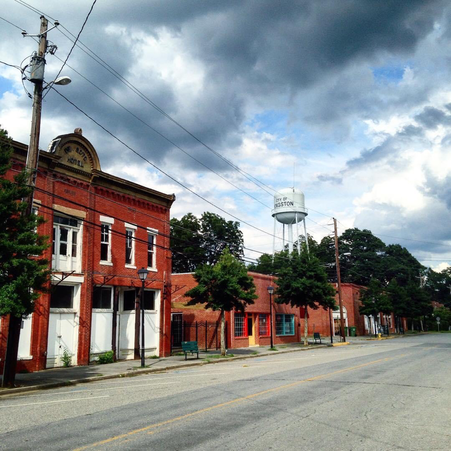 Downtown: Opportunity and Promise Downtown: Opportunity and Promise Sam Burnham, Curator There is probably no documentation of the precise number of small Southern towns with railroad tracks running through them. In the 19th century towns needed a railroad or a river to survive. The trains provided commerce, travel, and a connection to the rest of the world. That’s part of what sustained a small town in western Bartow County. Welcome to Kingston, population ≈ 679. Kingston used to be a bustling place. Back during the war it housed hospitals for both armies. The Andrews Raiders hid out near here to allow scheduled rail traffic to pass during the Great Locomotive Chase. 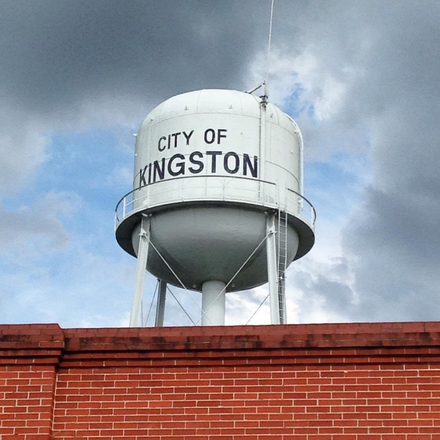 A hotel and several businesses once anchored downtown. The old well house still stands next to the tracks. But the modern water tower overlooks mostly empty storefronts in need of attention. In this part of Georgia towns are divided into two lists: winners and losers. The lists aren’t etched in concrete. They aren’t even written in ink. Towns hop back and forth as the sprawl of metro Atlanta turns quiet villages into boom towns overnight. Outlying towns lose their populations to better opportunities within the sprawl. As the development spreads out like a shockwave, yesterday’s boom town becomes today’s blight as crime and decay set in. People follow the prosperity but it never stays put long. So a place like Kingston, which sits hollow and crumbling, can offer something different. It can be a center of neighborly peace and prosperity or it can be more fodder for the sprawl. Taking the better option could provide housing, employment, and community. This can be a healthily isolated enclave. It can be happy and affordable. It can be great. 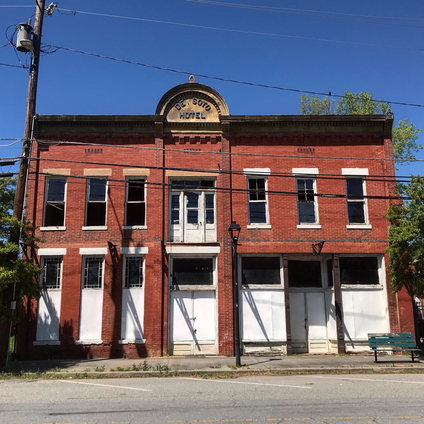 Kingston has a local government. A modern town hall is small but appropriate for a municipality of this size. There are recreational facilities and ample green space. The local architecture is beautiful. There are homes and churches. The town is a short drive from Cartersville, Adairsville, Rome, or the plush amenities of the Barnsley Gardens resort. Right here you’ll find all the foundations of a healthy and prosperous small Southern town. It’s got good bones. In a local cemetery you’ll find a large headstone for Melvina Shields (1844-1938). Ms. Shields was born into slavery and died in the era of Jim Crow. You are probably familiar with her great-great-great granddaughter, Michelle Obama. I’m not writing this one as a greedy profiteer looking to gentrify an ailing town. I’m certainly not trying to make the good people of Kingston feel bad about their community. What I hope to do is shed some light on a good place. Who knows what could happen here? Some good investment with the community in mind could yield profits in the Economy of People, the Economy of Place, and also in the financial marketplace. 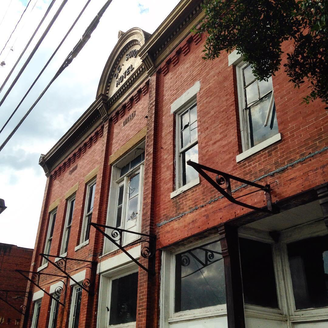 One thing that COVID-19 has caused is the realization that a central in-person office isn’t always a necessity. As workers are freed to work remotely and live where they choose. Places like Kingston can fill a niche. People who want to work for big firms no longer have to live in huge cities. There are now more options. All of this considered, think of the possibilities. Outlets for art, music, or other entertainment. Think about a farmers market supplied from the local area. Think of festivals and celebrations. Think about the chance to fit into the local culture rather than displacing it. So I’m highlighting Kingston in this article but so many others fit into this category. For now, what can be done in Kingston? Do you see it? Can you envision it? |
Sam B.Historian, self-proclaimed gentleman, agrarian-at-heart, & curator extraordinaire Social MediaCategories
All
Archives
November 2022
|
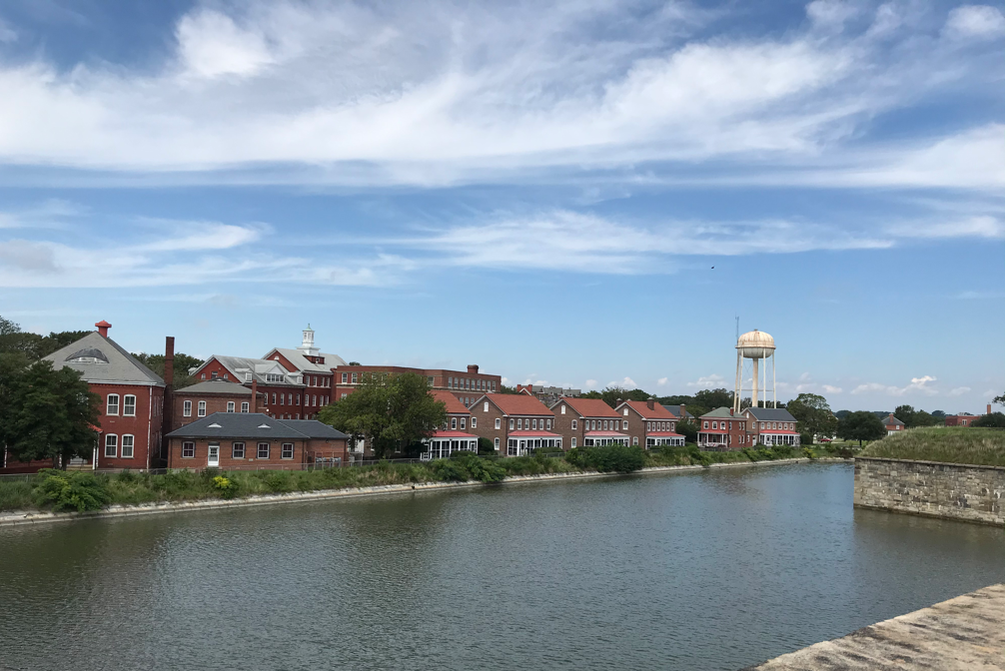
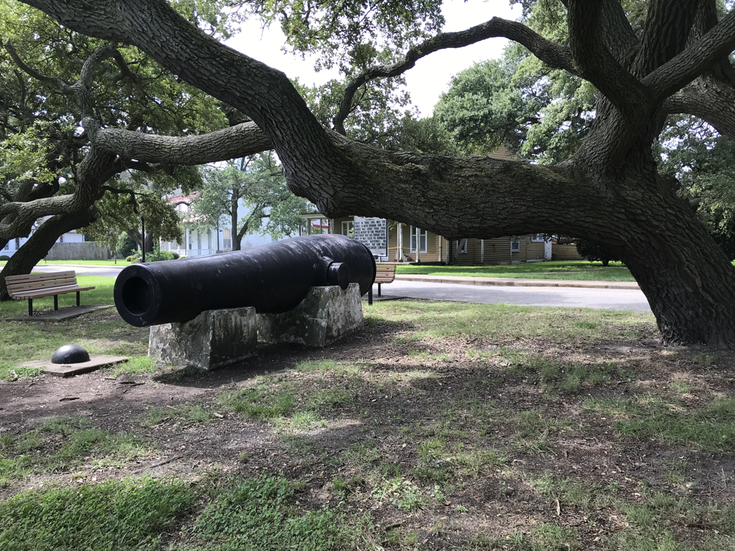
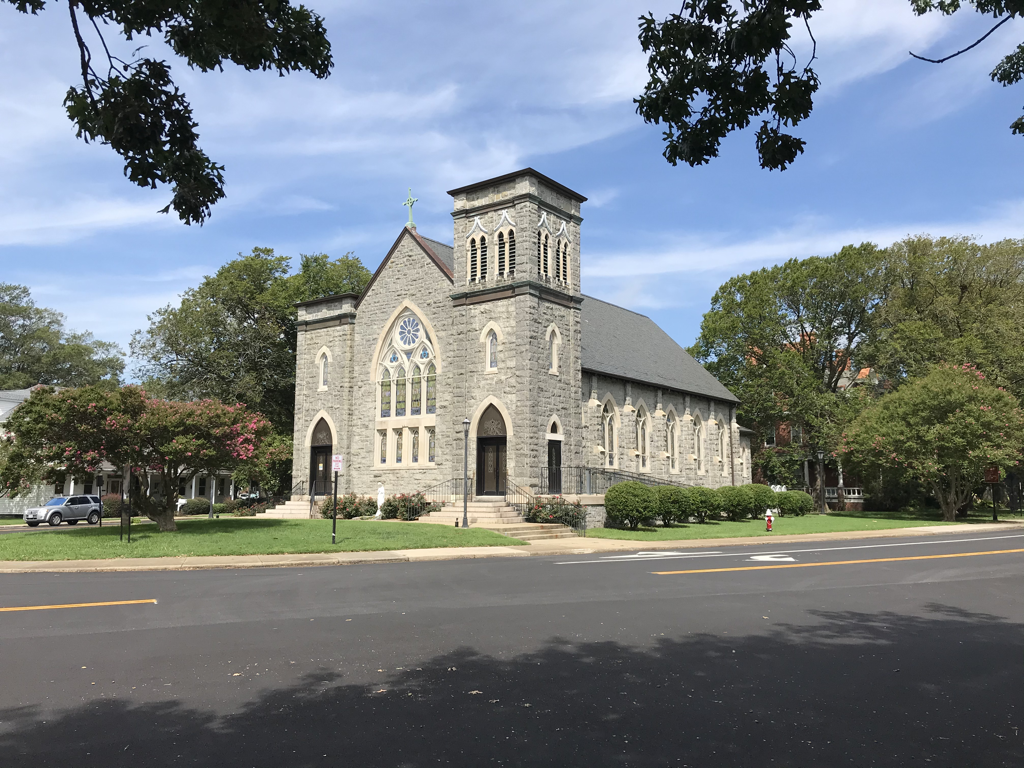
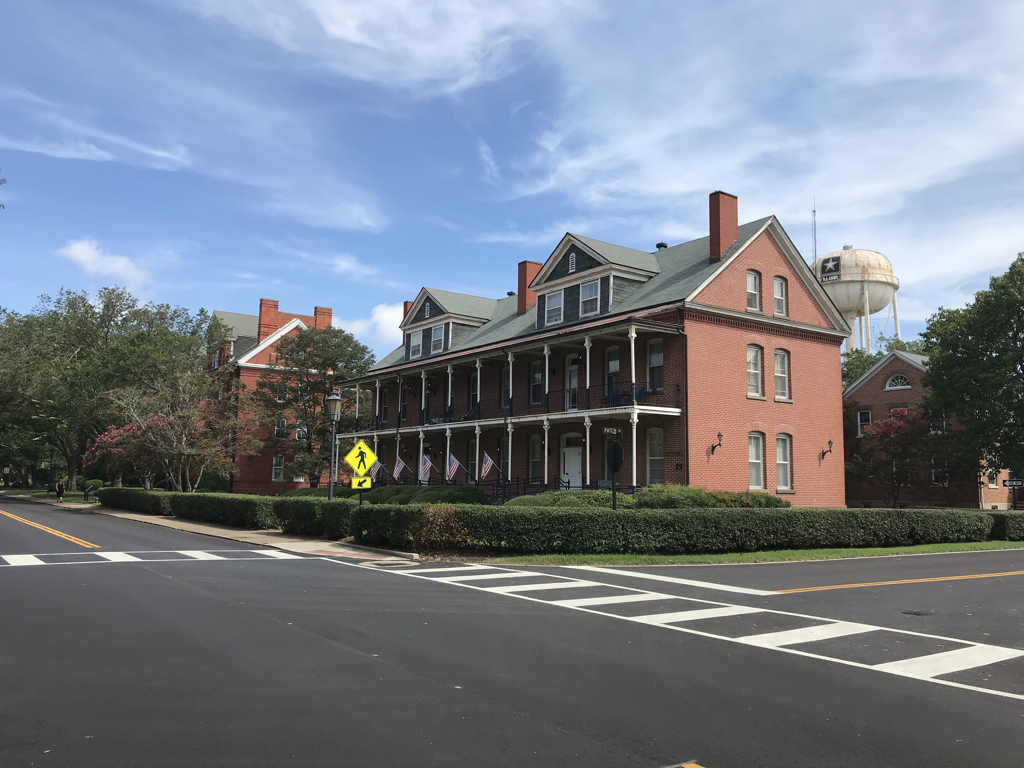
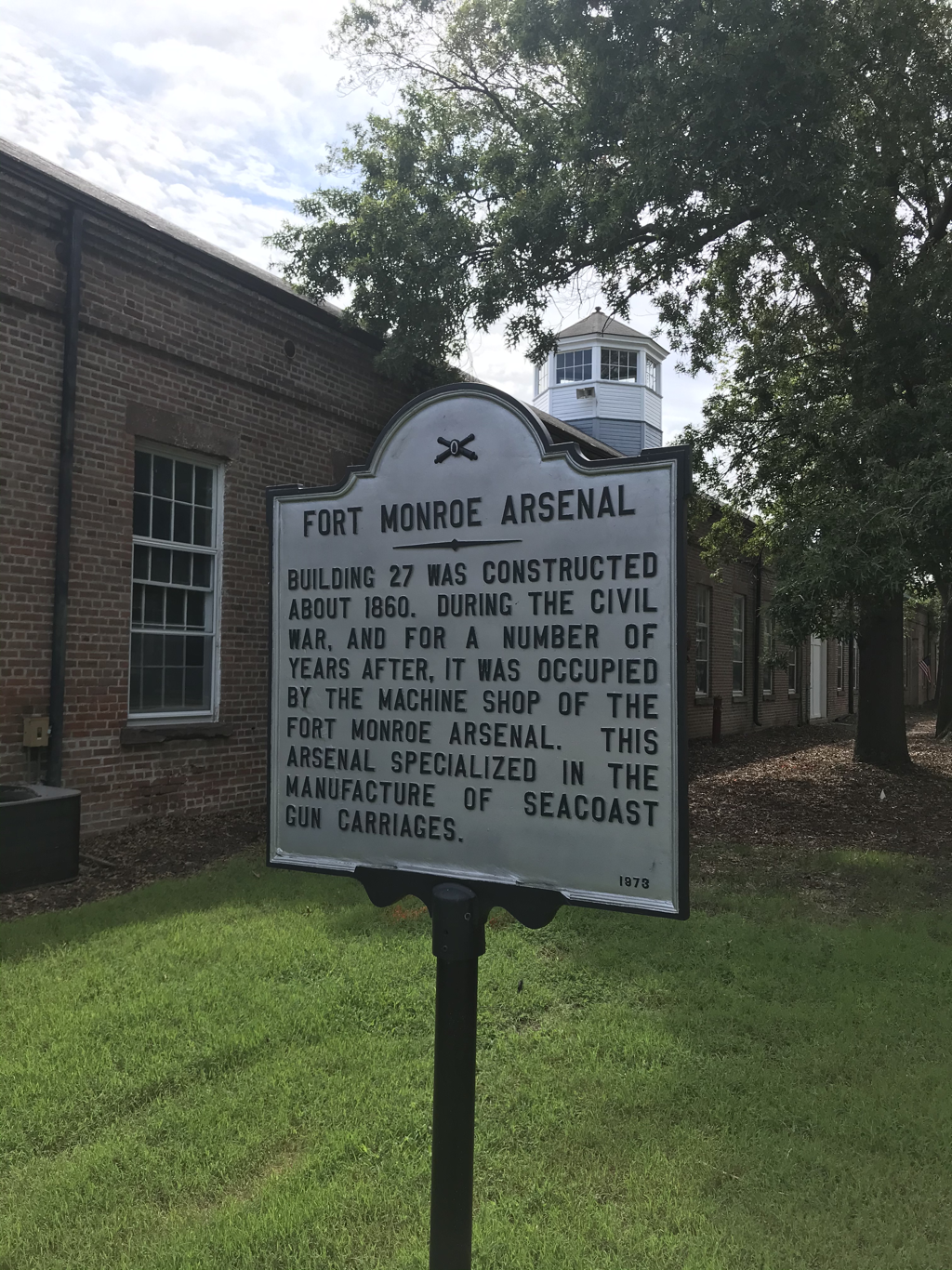
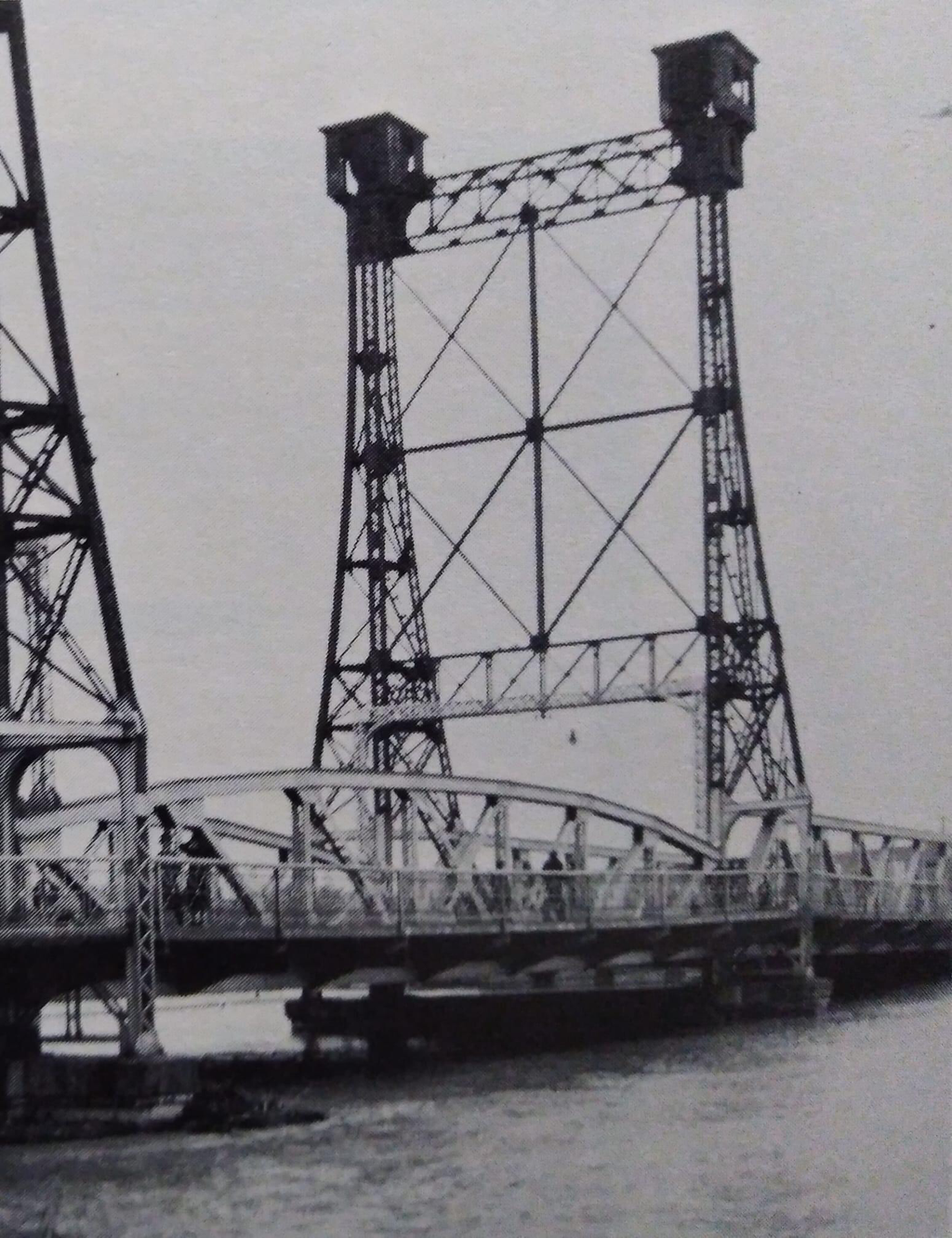
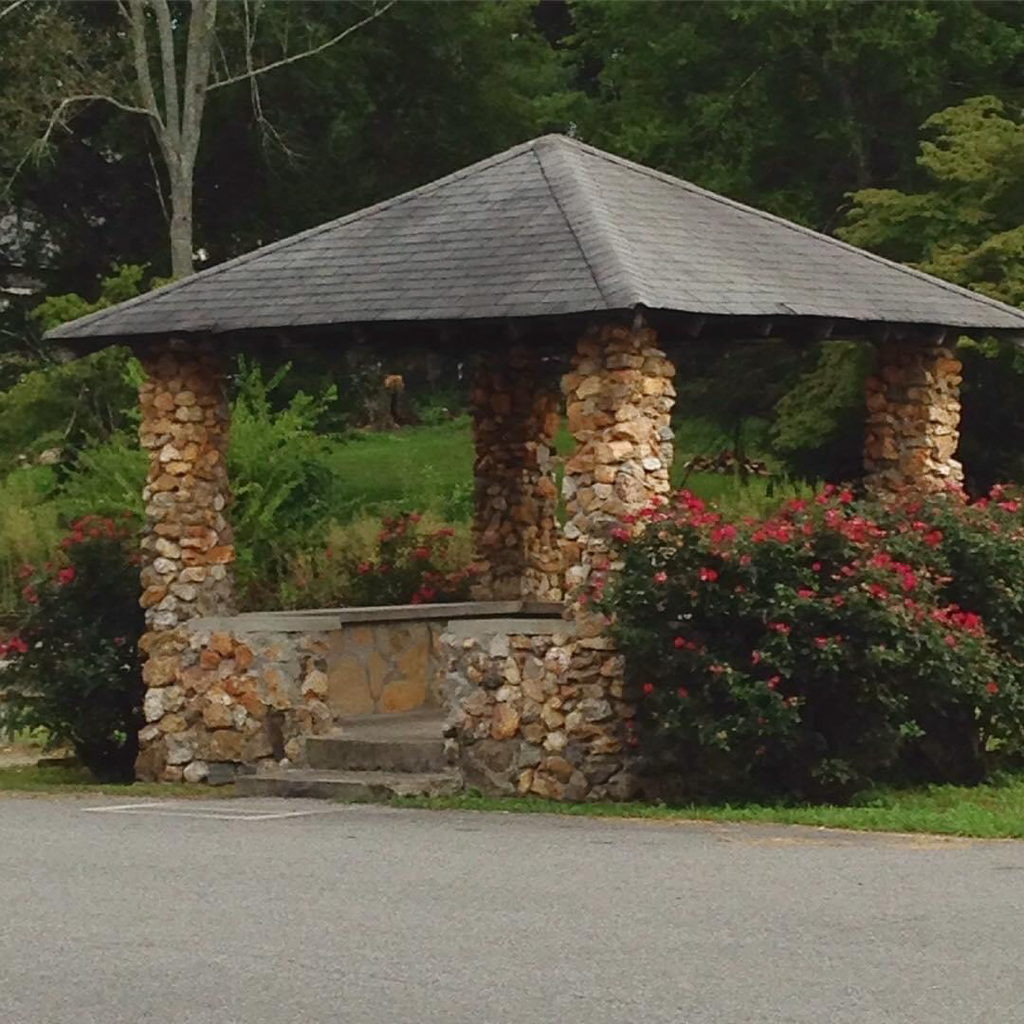
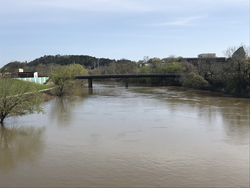



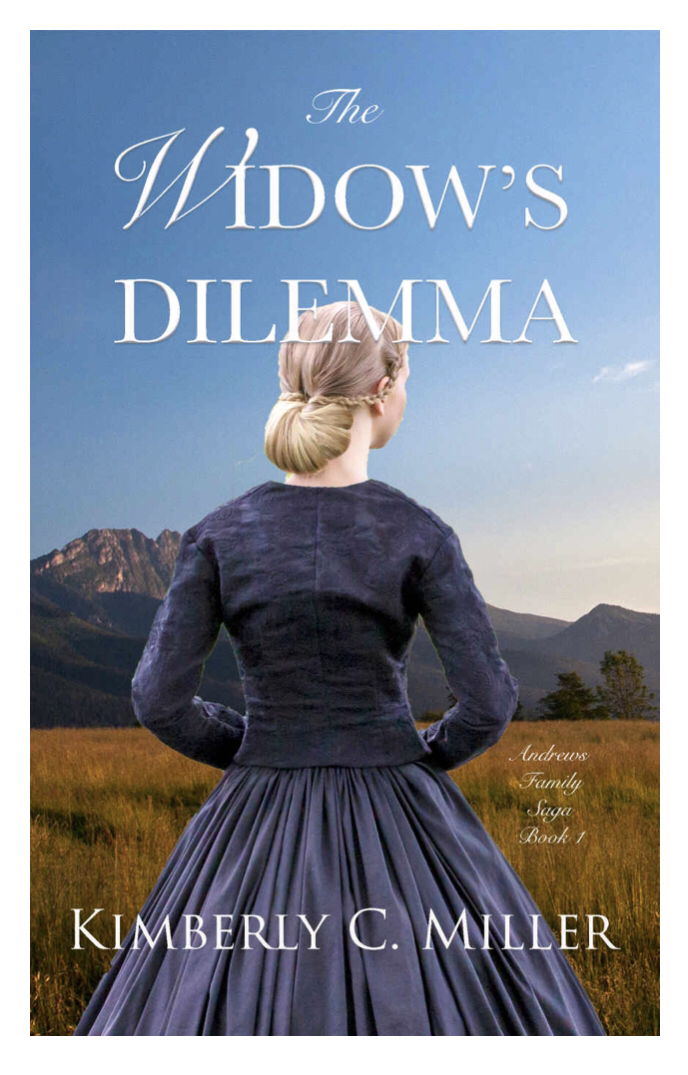
 RSS Feed
RSS Feed
